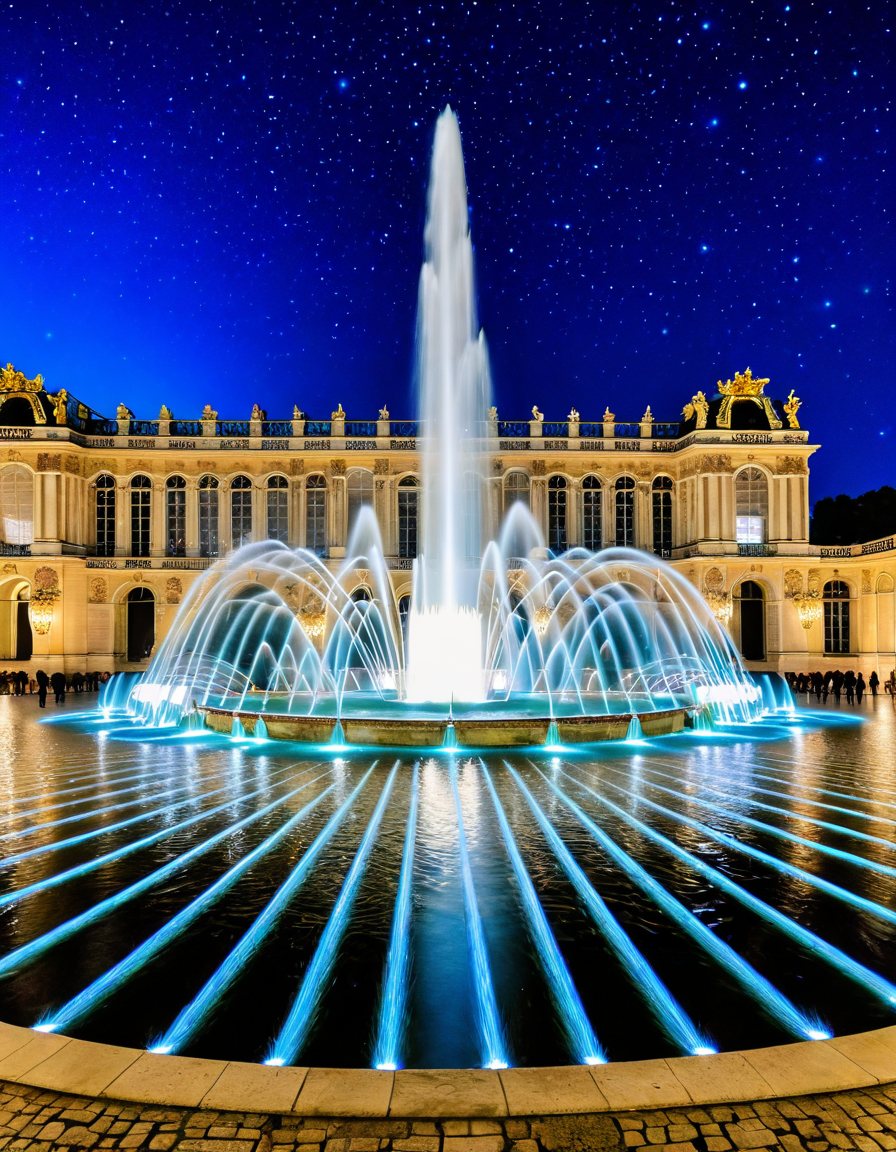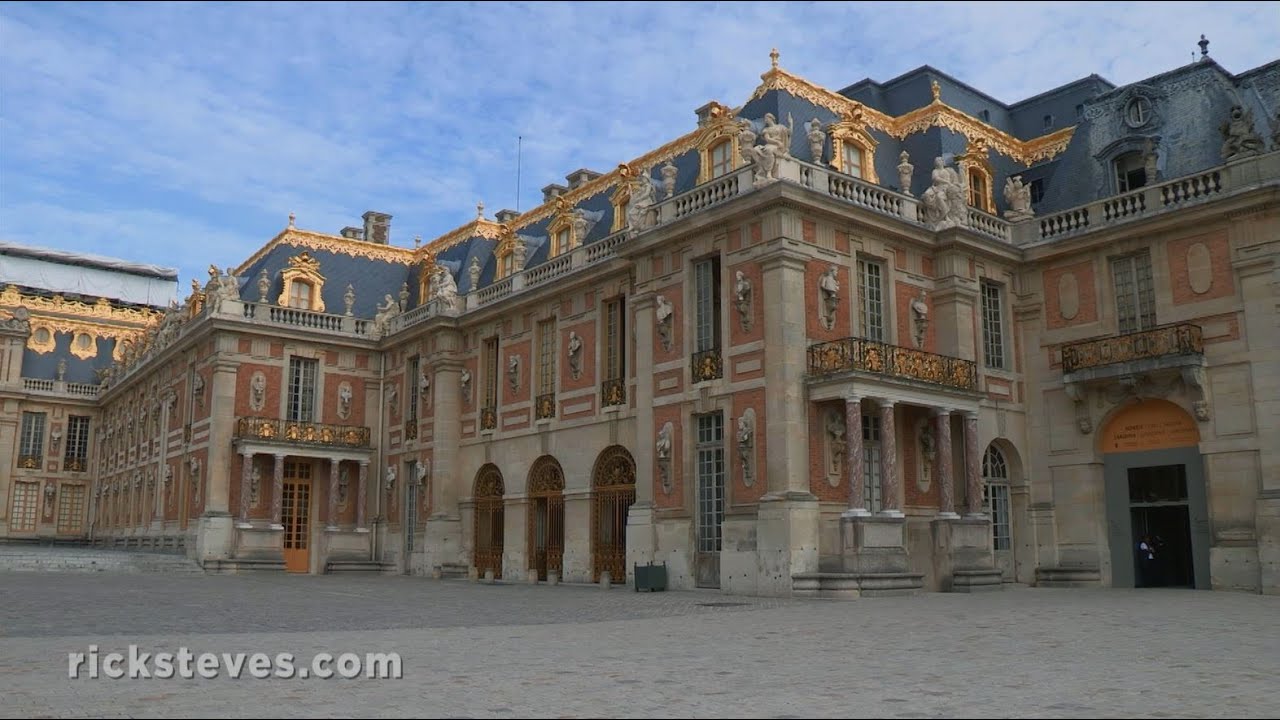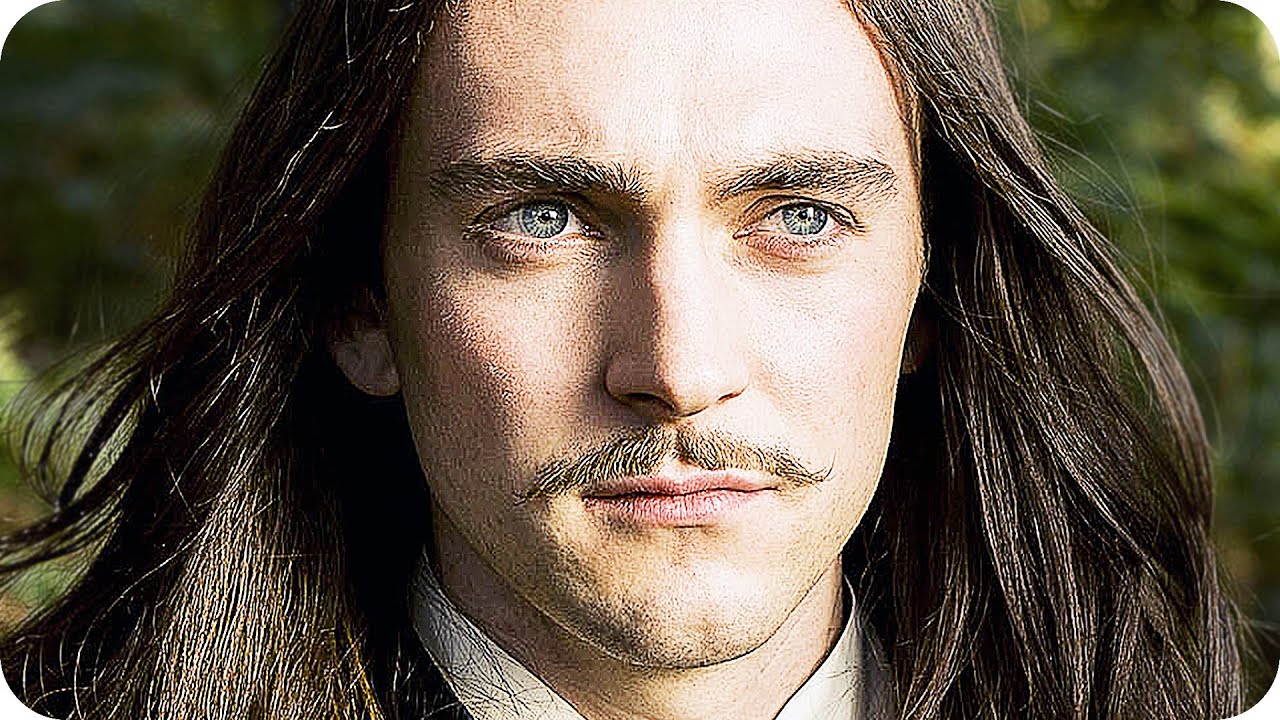The Palace of Versailles is more than just a stunning architectural marvel; it stands as a powerful symbol of royal grandeur and the grandiosity of French history. Established in the 17th century, Versailles captures the essence of absolute power and artistic achievement, echoing the ambitions of those who built it. Film enthusiasts, take note: this magnificent estate has graced countless cinematic masterpieces, making it a focal point not only of history but also of art and culture in the cinematic world.
7 Reasons Why Versailles Remains a Powerful Symbol
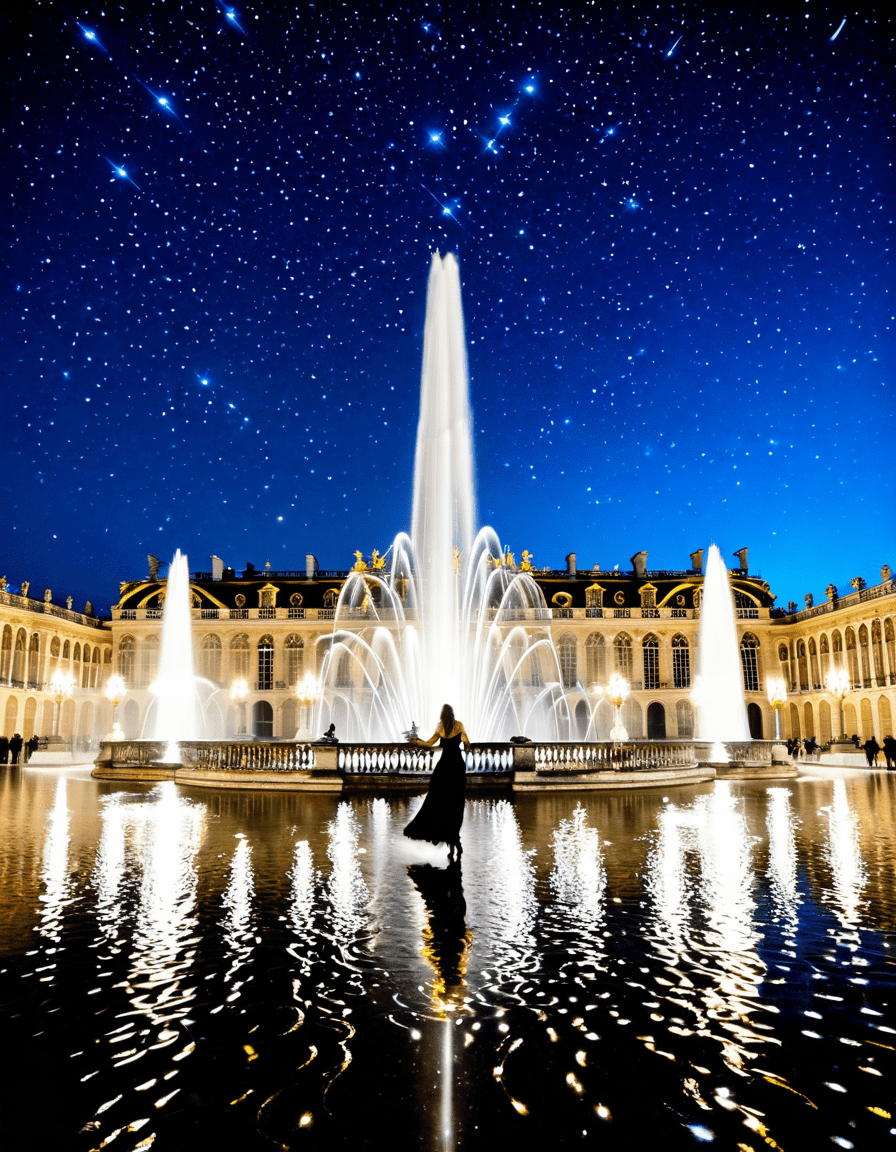
1. Architectural Mastery
Versailles is a testament to architectural brilliance, showcasing classical design at its finest. The intricate gardens and breathtaking interiors, crafted by the likes of Louis Le Vau and André Le Nôtre, make it a feast for the eyes. Who could forget the iconic Hall of Mirrors? It’s adorned with countless chandeliers that sparkle under the light, evoking the kind of opulence you might see in a lavish film set.
When you step into this grand hall, you’re not just entering a room; you’re walking into a piece of history that has captivated artists, filmmakers, and royalty alike. It’s no wonder filmmakers choose this backdrop for movie magic! Think of how the vibrant scenes from “Marie Antoinette,” directed by Sofia Coppola, transport you right to the heart of this royal extravagance. Versailles serves as a living character—a backdrop that oozes sophistication and historical depth.
2. Historical Significance
As the power base for Louis XIV, Versailles isn’t just an architectural marvel; it’s a historical powerhouse. The palace was the site where some significant political events unfolded, including the signing of the Treaty of Versailles, which concluded World War I in 1919. Its historical significance goes beyond mere aesthetics, shaping the course of international relations.
In many blockbuster films like “The Man in the Iron Mask,” the imposing grandeur of Versailles amplifies the drama of the narrative. Directors use Versailles to convey not just luxury, but the weight of history—where decisions were made that altered the fates of nations. Imagine walking through the same halls that world leaders once strolled, contemplating war and peace—a cinematic moment that solidifies the nexus of art, politics, and history.
3. Cultural Impact
From literature to cinema, Versailles remains a wellspring of inspiration. Literary giants like Victor Hugo have immortalized this palace in their works, ensuring its relevance in the cultural lexicon. Remember the lavish depictions of Versailles in “Les Misérables”? Hugo’s portrayal highlights not only the beauty of the palace but also the social tensions of the time.
In modern cinema, filmmakers frequently draw upon this historical treasure for artistic inspiration. Films like “What’s Eating Gilbert Grape,” though set in a different context, reflect a similar exploration of human complexity against the backdrop of grand settings—much like the contrasts seen in Versailles throughout its history. This interplay between the opulent and the ordinary is what keeps the allure alive!
4. Symbol of Absolutism
Versailles symbolizes absolutism in its purest form. Louis XIV’s famous declaration, “L’État, c’est moi” (I am the state), echoes through its opulent corridors. The very design of the palace serves as a constant reminder of the centralization of power, showcasing how one man’s vision can shape an entire nation’s identity.
This powerful connection to monarchy hasn’t gone unnoticed in cinema. Movies like “The Other Boleyn Girl” illustrate the dynamics of power and influence that stemmed from royal courts, drawing stark parallels to the environment fostered within Versailles. Here lies a palace that doesn’t just serve as a backdrop, but as an emblem of authority and ambition that filmmakers eagerly exploit.
5. Educational Resource
Beyond its role as a symbol, Versailles serves as a critical educational resource. It promotes understanding of European history, governance, and the evolution of power structures. Schools and historians collaborate to organize programs and exhibitions that delve into life in the 17th century.
Picture a field trip set against the backdrop of what once was the epitome of royal rule. It’s a teaching moment that intertwines recreation and education—a perfect blend for classes exploring themes present in films like “A Knight’s Tale.” This educational aspect revitalizes interest in history, inspiring future generations to appreciate the complexities of power, culture, and heritage.
6. Artistic Venue
Versailles isn’t confined to the pages of history; it constantly evolves, embracing contemporary art. Today, the palace hosts exhibitions by modern artists like Takashi Murakami, who challenge traditional notions by merging contemporary visuals with the historical environment.
Imagine stepping into a room filled with Murakami’s vibrant artworks, surrounded by 17th-century opulence. It’s a juxtaposition that makes for a visually arresting experience, akin to the stunning visuals in the film Annihilation This artistic confluence embodies how the legacy of Versailles can bridge the gap between past opulence and modern creativity.
7. UNESCO World Heritage Site
In 1979, Versailles was designated a UNESCO World Heritage Site, securing its status as an invaluable cultural icon. This recognition preserves its historical narrative for future generations, ensuring they appreciate its grandeur and significance.
This designation highlights why directors often gravitate toward using Versailles in films seeking authenticity and historical accuracy. Visually stunning locations enrich narratives, as seen in the “Dirty Dancing” cast’s revival of classic dance against spectacular scenic backdrops. The history of Versailles doesn’t just stand the test of time; it becomes part of cinematic storytelling.
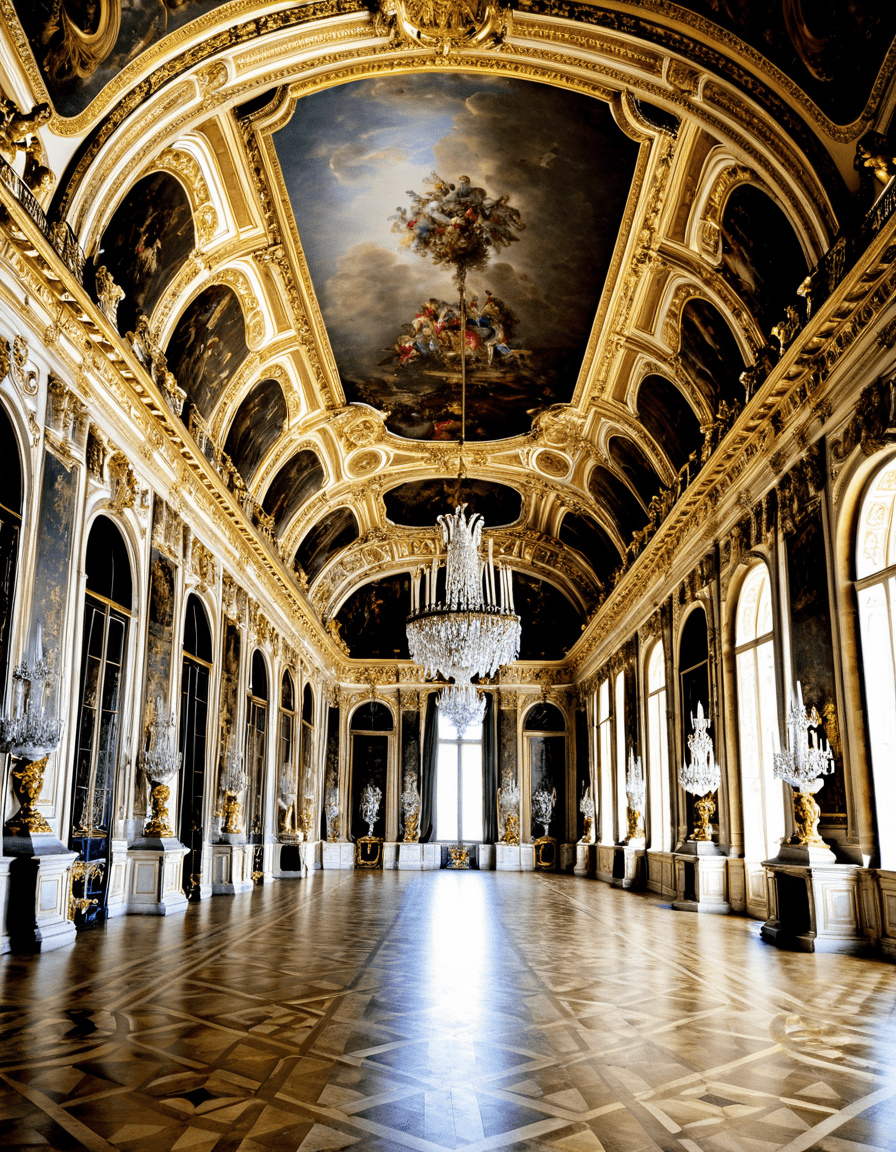
The Future of Versailles: Preservation and Innovation
As we navigate through the second decade of the 21st century, Versailles faces the challenge of preservation amidst modern demands. Innovative initiatives aim to enhance visitor experiences while maintaining architectural integrity, ensuring that both history and technology can coexist harmoniously.
Augmented reality tours may soon redefine how audiences interact with this iconic site. Just imagine, standing in the Hall of Mirrors, while an app brings history to life with immersive storytelling—much like the game Team Fortress 2 which invites players into an engaging world of strategy and visual delight. Versailles is set to become not just a place to visit but a portal to experience history in real-time.
With its storied past, ongoing cultural significance, and exciting future, Versailles continues to represent overpowering beauty and authority. It embodies the eloquent aspirations of an era while remaining ever-relevant in contemporary discussions about power, culture, and heritage. The grandeur of Versailles lies not solely in its physicality but also in its ability to inspire awe— a continuous source of fascination for movie lovers and history buffs alike.
Versailles: A Powerful Symbol of Royal Grandeur
The Size and Scope of Versailles
Did you know that the grand Palace of Versailles covers an astounding 2,014 acres? That’s about the same size as some small towns! To put that into perspective, if you’re trying to visualize that in feet, remember that 200 cm in Feet is roughly 6.56 feet. This expansive land was home to around 700 rooms, lavish gardens, and an impressive Hall of Mirrors that reflects the opulence of the French monarchy. In fact, the Hall of Mirrors, or Galerie des Glaces, was not just a mere hallway; it was more like a dazzling experience designed to impress European diplomats and royalty alike, showcasing Louis XIV’s power and style.
Royal Life at Versailles
Life at Versailles was no walk in the park. The courtiers had to navigate intricate social dynamics as they participated in the grand ceremonies and events that dictated their standings. And speaking of notable gatherings, the court’s penchant for lavish parties is reminiscent of celebratory moments in films like Dirty Dancing, where social interactions play a pivotal role. It’s fascinating to think about how opulence isn’t just historical; it echoes in popular culture, reminding us of the allure of grandeur, similar to what we see with what’s eating Gilbert grape’s captivating emotional stakes.
A Modern Comparison
Fast forward to today, some argue that the spirit of Versailles lives on in the way we celebrate and showcase wealth and culture—especially in events like the upcoming Dominican Republic 2025 Olympics! With that in mind, it’s easy to see how concepts of grandeur have undergone transformations while still maintaining an allure. Today, theaters like Cinemark Xd Plano provide us with immense cinematic experiences that allow us to escape into worlds as extravagant, albeit in different ways.
Versailles remains a compelling symbol of power and elegance, capturing imaginations centuries after its creation. From the careful architecture to the opulent lifestyles, it continues to inspire and astonish, proving that grandeur never truly goes out of style.
